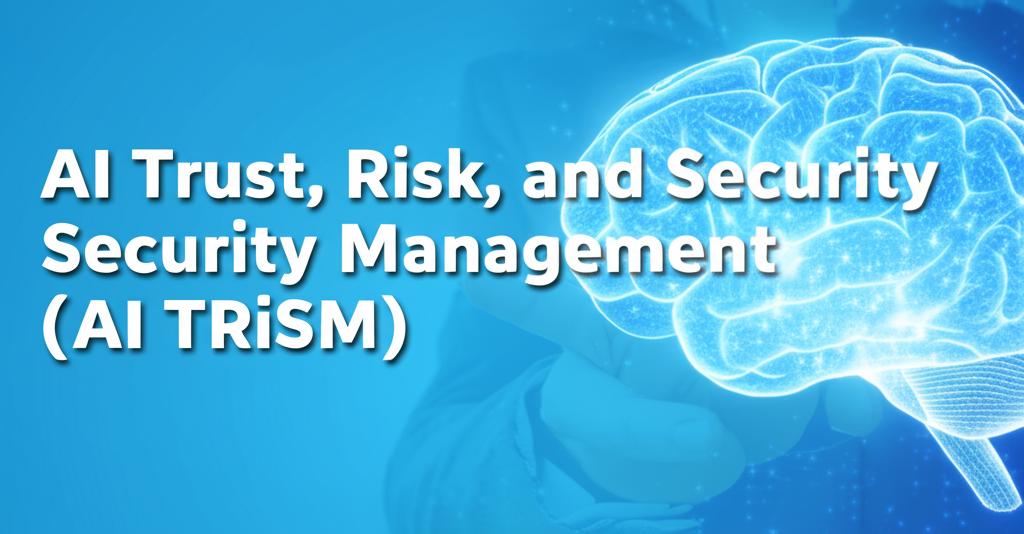As artificial intelligence rapidly integrates into business operations and decision-making, managing its associated risks and ensuring ethical deployment is paramount. AI Trust, Risk, and Security Management (AI TRiSM) provides a crucial framework to navigate these complexities. Developed to ensure AI systems are governed, trustworthy, fair, reliable, robust, secure, and protect data, AI TRiSM has emerged as a vital strategic approach for organizations worldwide. It integrates solutions for model interpretability, explainability, data protection, model operations (ModelOps), and resistance against adversarial attacks.
The need for a dedicated framework like AI TRiSM stems from the unique challenges posed by AI. Traditional risk management and security approaches often fall short in addressing issues like algorithmic bias, lack of transparency ("black box" models), data privacy violations, potential for generating inaccurate or harmful outputs (especially with generative AI like LLMs), and new security vulnerabilities specific to AI models. Without proper controls, businesses face significant risks, including compliance failures, reputational damage, financial losses, and erosion of customer trust. Research indicates a high failure rate for AI projects moving from prototype to production, often due to inadequate risk management and governance – challenges AI TRiSM directly addresses. Furthermore, the increasing use of generative AI expands organizational attack surfaces and introduces novel ethical considerations. AI TRiSM offers a unified, proactive approach, bringing together disparate elements of trust, risk, and security management into a cohesive strategy.
AI TRiSM is built upon several core components or pillars, although specific definitions may vary slightly:
- AI Governance: This forms the foundation, establishing policies, processes, and standards to ensure AI systems align with organizational goals, ethical guidelines, risk tolerance, and regulatory requirements. It involves creating inventories of AI models and applications, ensuring traceability, accountability, and continuous evaluation throughout the AI lifecycle.
- Explainability and Model Monitoring: This focuses on making AI decision-making processes transparent and understandable (explainability). It involves continuously monitoring AI models in production to ensure they perform as intended, detect performance degradation or data drift, and identify and mitigate biases to ensure fairness.
- Model Operations (ModelOps): This streamlines and governs the entire AI model lifecycle, from development and training through deployment, monitoring, and retraining or retirement. It ensures efficiency, reliability, and consistency in managing AI models at scale.
- AI Application Security: This addresses security threats specific to AI systems. It includes protecting models and data from adversarial attacks (like data poisoning or evasion attacks), ensuring secure development practices, and safeguarding AI applications against unauthorized access or manipulation.
- Data Protection and Privacy (Information Governance): This ensures that the data used to train, test, and run AI models is handled securely, ethically, and in compliance with privacy regulations (like GDPR or CCPA). It involves techniques like data encryption, access controls, data mapping and lineage tracking, anonymization, and ensuring only properly permissioned data is used by AI systems.
Implementing AI TRiSM yields substantial benefits. Organizations can significantly enhance trust among users, stakeholders, and customers by demonstrating responsible and transparent AI practices. It leads to more reliable, fair, and robust AI models, improving decision-making accuracy and business outcomes. Proactive risk mitigation helps prevent security breaches, data leaks, and compliance violations, reducing potential legal and financial penalties. By ensuring compliance with evolving AI regulations and ethical standards, AI TRiSM safeguards the organization's reputation. Gartner predicts that by 2026, organizations successfully operationalizing AI transparency, trust, and security through frameworks like TRiSM will see a 50% improvement in AI adoption, achieving business goals, and user acceptance.
Successfully implementing AI TRiSM requires a concerted effort. Strong data governance practices, including data encryption, robust access controls, and regular security audits, are fundamental. Promoting transparency through explainable AI (XAI) techniques and clear documentation is crucial. Regular auditing for biases and implementing mitigation strategies ensures fairness. Utilizing specialized AI TRiSM tools can help manage risks effectively. Critically, success hinges on cross-functional collaboration between IT, security, risk, compliance, legal, and business units to ensure a unified approach. Continuous monitoring, evaluation, and an agile mindset are necessary to adapt to the rapidly evolving AI landscape.
In conclusion, as AI becomes increasingly central to business strategy and operations, simply adopting the technology is not enough. Ensuring it is deployed responsibly, securely, and ethically is critical for sustainable success. AI TRiSM provides the necessary framework and set of practices to achieve this, moving organizations towards more trustworthy, reliable, and value-driven AI implementations. It is rapidly becoming an essential component of any mature AI strategy, enabling businesses to innovate confidently while managing the inherent risks.

